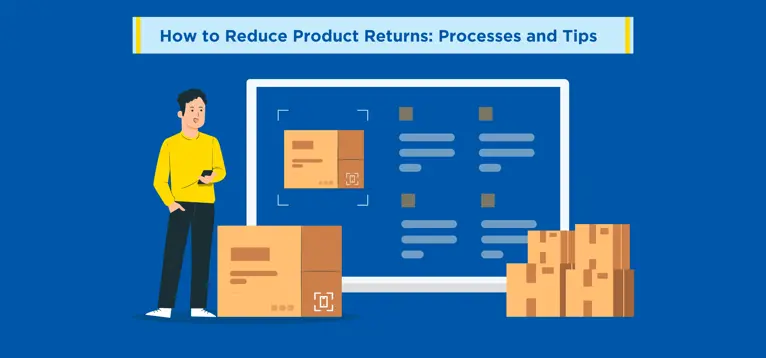Product returns are something every online business deals with. As long as you are selling your products, there will always be customers who want to return them. As a matter of fact, online return rates are over 20% compared to their brick-and-mortar counterparts, who have a 9% return rate.
Because of the hyperkinetic growth in eCommerce, the return experience has become a natural extension of the online shopping experience. Let’s not forget the pressure on retailers to offer free shipping. Needless to say, return costs — equating to 66% of the original item’s price — are a daunting challenge keeping most business managers up at night.
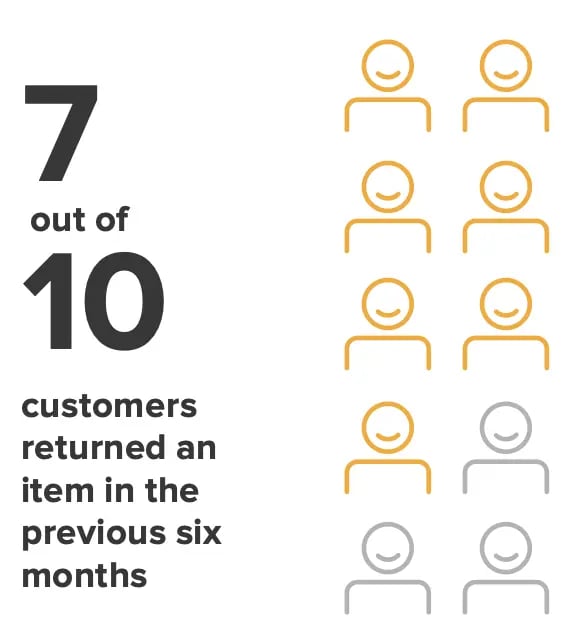
Understandably, more and more retailers have started sharpening their elbows with a new-found focus on improving their reverse logistics capabilities. But do you know what's an even more effective way to optimise the product return supply chain? It’s to reduce product returns in the first place.
Thus, while it is inevitable for businesses to deal with returned goods to a certain degree, we promise there’s a lot you can do to reduce the customer's need to send back the products.
In this article, we’ll focus on the actionable tactics to bring down the product return rates for your business and keep your customers happy.
What is Product Returns?
Product returns is the process in which an end-user returns the purchased item to the seller for any reason.
“For every dollar in sales, a retailer’s net profit is between a cent to five cents. With returns, for every dollar in returned merchandise, it costs a retailer between 15 cents to 30 cents to handle it.” shares Burt Flickinger, Retail Expert and Managing Director at retail consultancy Strategic Resource Group with CNN.
Proven Ways to Minimise eCommerce Product Returns and Boost CX
Product Description: Make It Precise and Detail-Rich
Brick-and-mortar stores offer buyers the firsthand product experience, whether feeling the fabric or measuring the size. But online shoppers do not have this accessibility.
Hence, product description is the only way to tell customers what exactly they should expect from the product.
The winning product description is more about proactively answering buyers’ questions. This way, they are more likely to purchase the best-fit products. So that they do not end up buying something that does not meet their expectations on receiving.
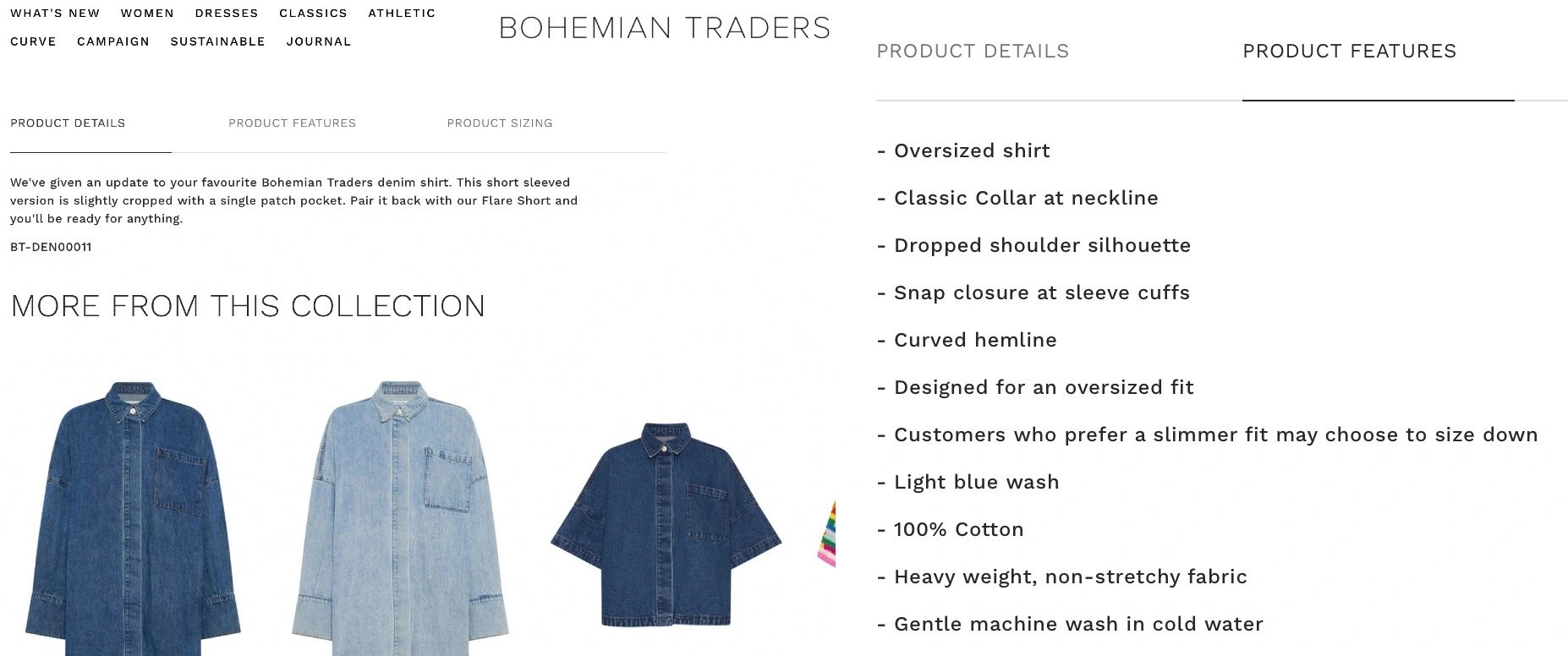
Moreover, fun yet accurate product information causes them to hold back the urge of “bracketing” their online purchases.
Some tips to optimise product descriptions and reduce online product returns:
- Expand on unique features. Do so while presenting a solution to the customer's pain point rather than simply boasting about the benefits.
- Offer complete details on the product's size, weight, and material.
- Do not exaggerate. Nothing puts off customers more than a product that is “not as described “ in reality.
Product Images and Videos: Use High-Quality, Contextual Photography
But it’s hard to get the customers to read the description until their eyes are drawn to appealing images and videos of the products. But just any random shots do not appeal to them.
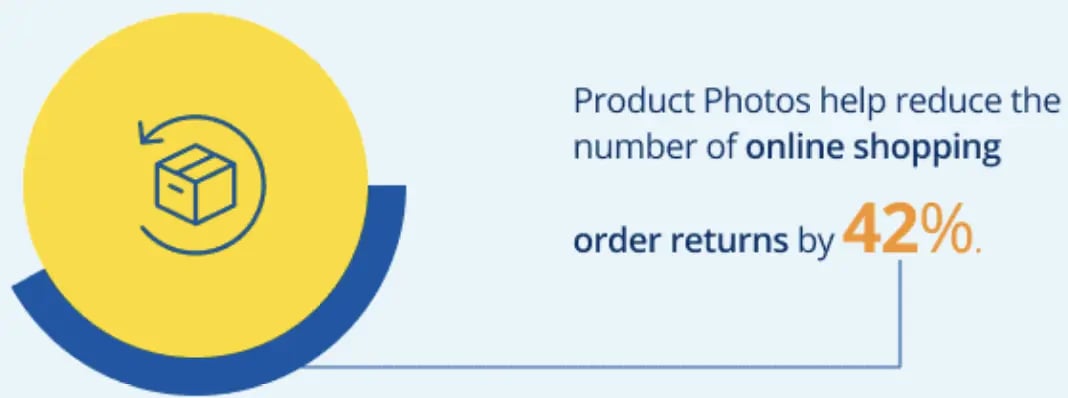
If the picture is worth a thousand words, a poor product image is worth a thousand dollars — the cost of lost customers. You must understand that the customer needs to see the product from multiple angles. By providing visual content that meets this demand, you limit the chances of a customer being surprised (or shocked!), and, of course, the product returns.
Here’s how:
- Set and follow high standards of quality for eCommerce photography and videography..
- While a must, if you can’t invest in 360 degrees product imagery at the moment, then at least enable zoom and view close-up image features to show product details.
- Avoid dishonest product shots to hide product flaws; instead, try refining the quality.
- Use in-context photos that vividly show the product's USP or usable feature.
- Work on close-ups to highlight even the minutest details.
UGC: Leverage to Guide Other’s Purchase Decisions
An overwhelming number of online buyers agree that having the option to leave User Generated Content — including online reviews, Q&A, images, and videos — would make them less likely to request product returns.
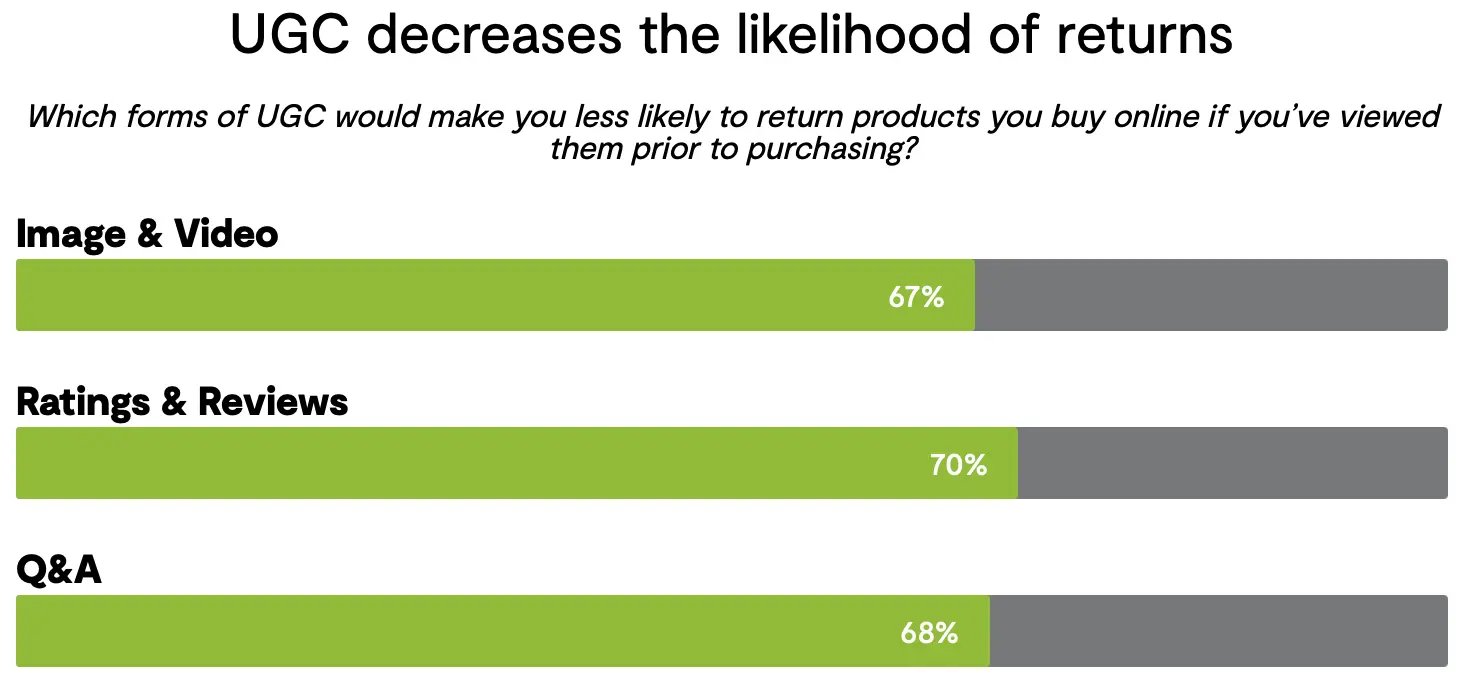
It is a powerful sales tool that offers social proof and unbiased feedback from real users to drive purchase confidence in prospective buyers. This way, helping buyers choose the right product before buying essentially enables you to reduce product returns.
You can encourage UGC from past customers using these tips:
- Prompt users to give feedback via post-interaction emails or a customer satisfaction survey.
- Give free product samples in exchange for an honest review.
- Use visual UGC from social media to show products in real-life situations.
- Add a Q & A module to your online store.
- Respond to both positive and negative reviews.
- Solicit feedback from customers returning the product.
- Take customer reviews to heart and improve inventory.
Product Size: Get a Dynamic Sizing Chart
High return rates plague the apparel industry, and the incorrect fit is one of the prime reasons for this. If your brand also falls in that category, you must have a detailed size chart with unit conversions on product pages.
This information allows customers to use their customary measuring units and select the correct size while shopping online.
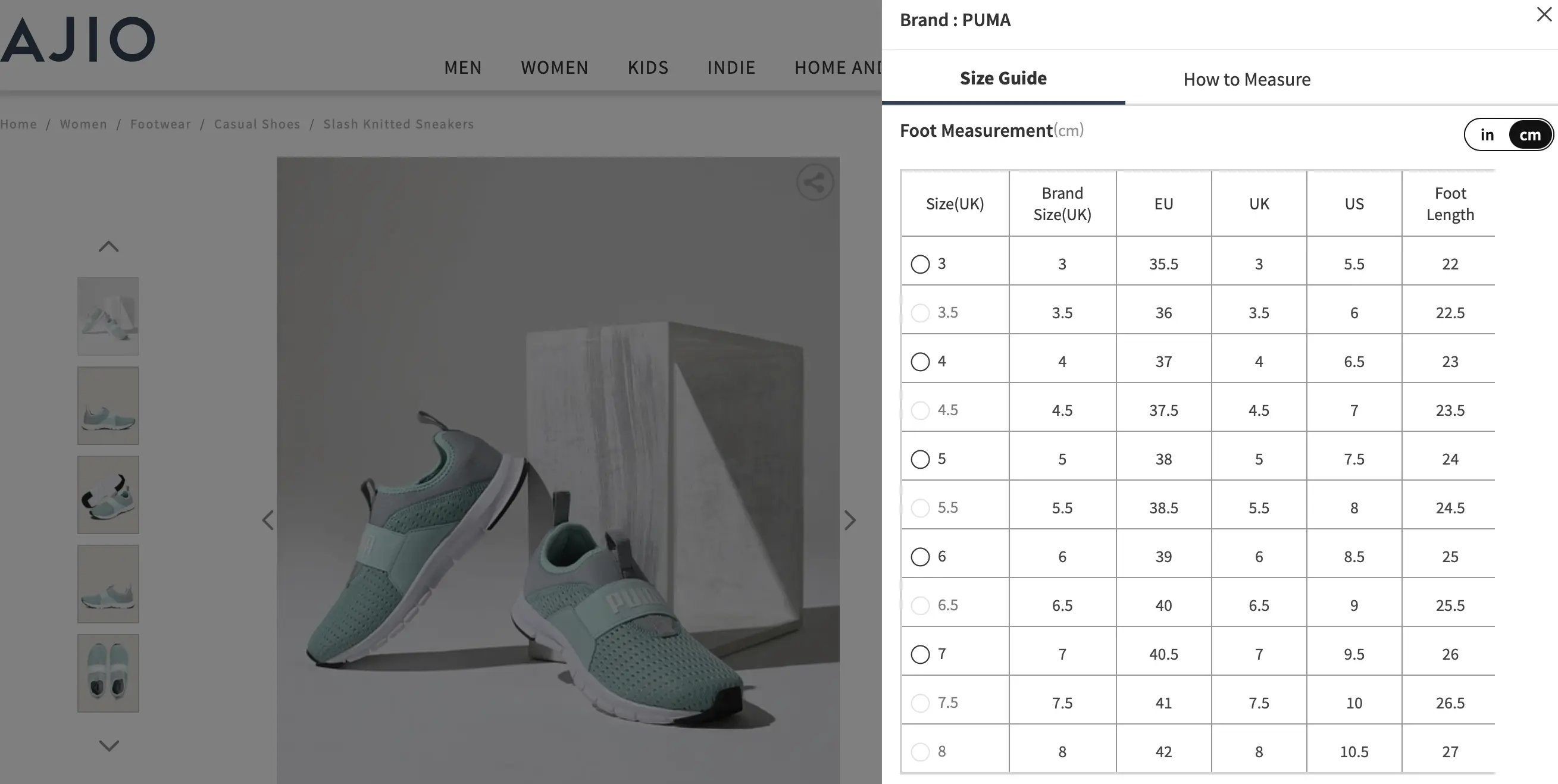
Product Packaging: Protect against Damage during Transit
Shipping the product all the way to the customers is inevitably a bumpy ride with countless possibilities of damage. Damaged products are retailers’ worst nightmare as they are often beyond their control and are another common reason for product returns. It may also leave some products unsellable.
High-quality packaging (with enough padding and bubble wraps) reduces the risk of shipping damage. It can go a long way in lowering the eCommerce product return rates.
Improving packaging is also a good way of reevaluating your courier’s performance. So if many products still arrive damaged, it’s time to find a new courier service for your eCommerce store.
An even better option is to outsource to a shipping and logistics company that has perfected the shipping technology and custom packing solutions.
It’s Time to Reduce Product Returns for Your Ecommerce Business
The odds of preventing product returns altogether are slim to none. But by implementing the steps mentioned above, you can significantly reduce their occurrence as much as possible.
While it may sound like a complex task, you should treat it as a lucrative space to offer a seamless return experience to your customers.
Nonetheless, a great way to take the hassle out of managing product returns is by working with a reliable third-party logistics provider. If your business struggles with product returns and needs more advanced resources to build robust logistics operations, you must consider working with a 3PL provider.
Want to see how eCommerce businesses keep their product return rates low with PACK & SEND shipping and fulfilment expertise? Let’s connect.
Image Sources: info.optoro.com, Bohemiantraders, Powerreviews, Ajio
